21
Modified acrylics and other denture base resins
Figure 21.1 PalaXpress Ultra overdenture. (Courtesy of Heraeus Kulzer US.)
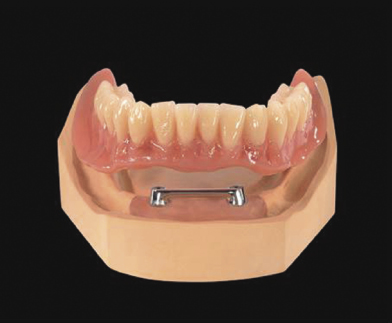
Figure 21.2 Pouring mixed pour resin and liquid into a mold. (Courtesy of Dentsply International.)
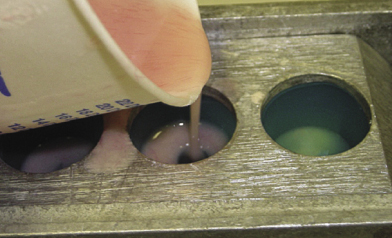
Figure 21.3 As-molded poured resin denture. (Courtesy of Dentsply International.)
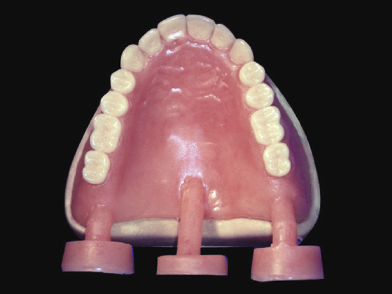
Figure 21.4 Processed and polished poured resin Lucitone® Fas-Por™ denture. (Courtesy of Dentsply International.)
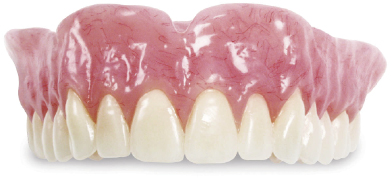
Figure 21.5 Triad® light-cured denture base with clear palate. (Courtesy of Dentsply International.)
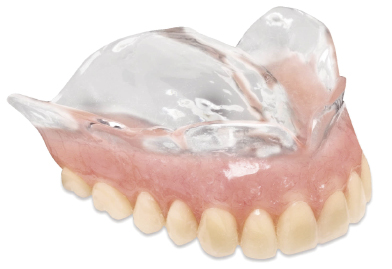
Table 21.1 Properties of denture base resins
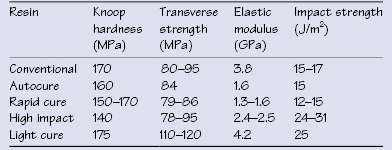
Various modifications of poly(methyl methacrylate) resins are used for denture bases—some simplify processing whereas others provide certain characteristics to the denture base. Resin properties are summarized in Table 21.1.
One of the new generation of denture base polymers with hydrophilic properties is based on a biocompatible resin, poly(hydroxyethylmethacrylate), and has the trade name Hydrocryl®. This material has superior wetting characteristics compared with acrylic so that saliva and oral fluids will sheet on the intaglio (tissue contacting) surface of the denture, th/>
Stay updated, free dental videos. Join our Telegram channel

VIDEdental - Online dental courses


